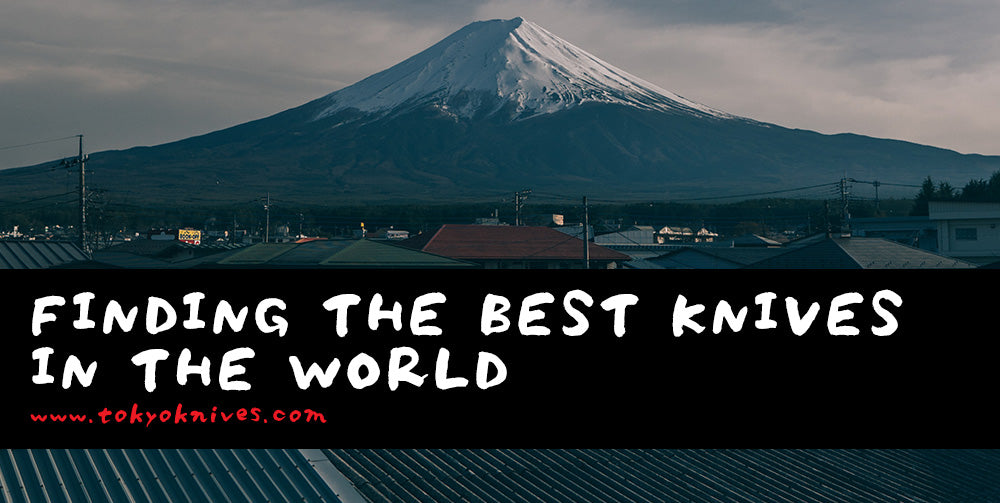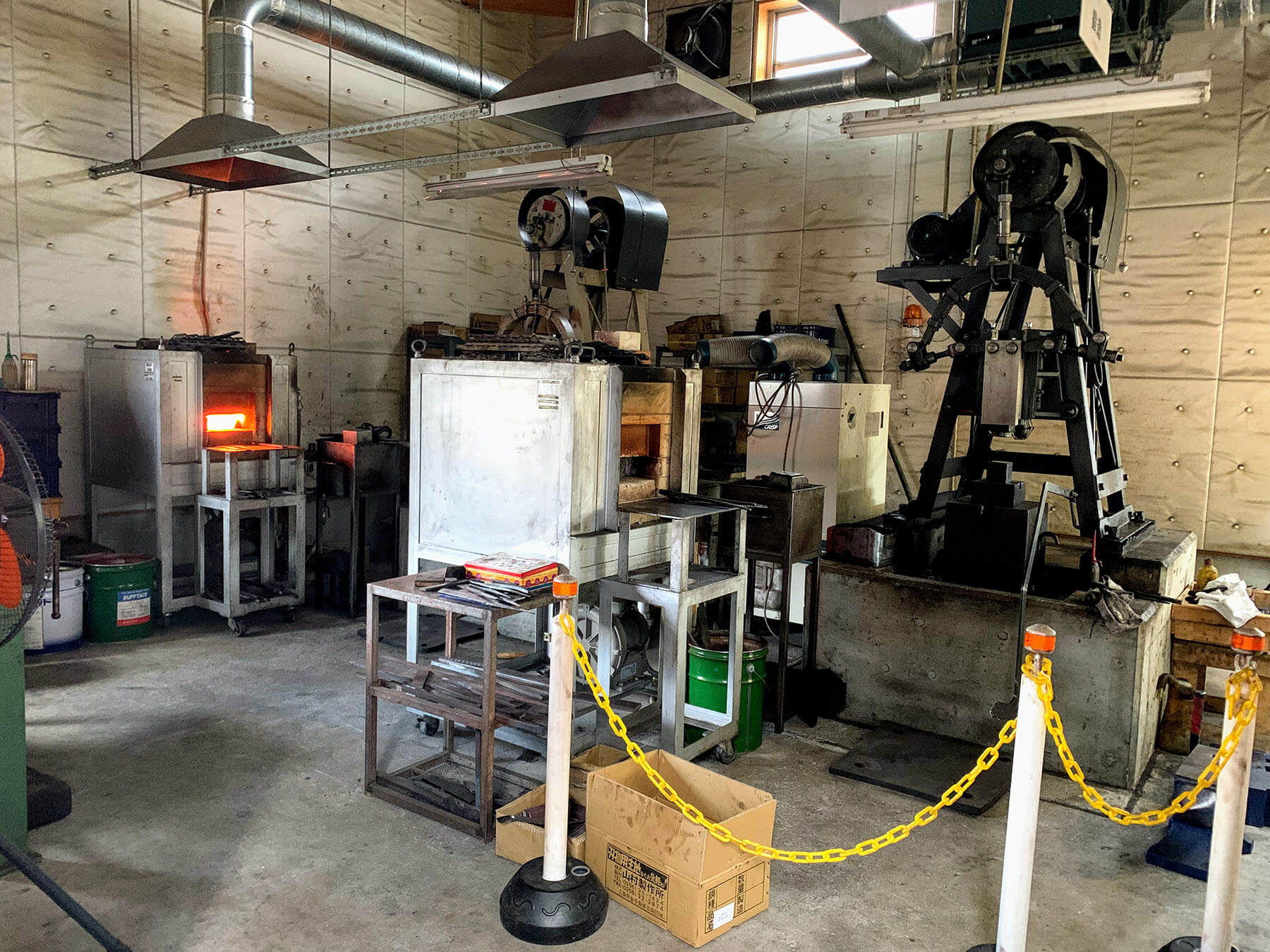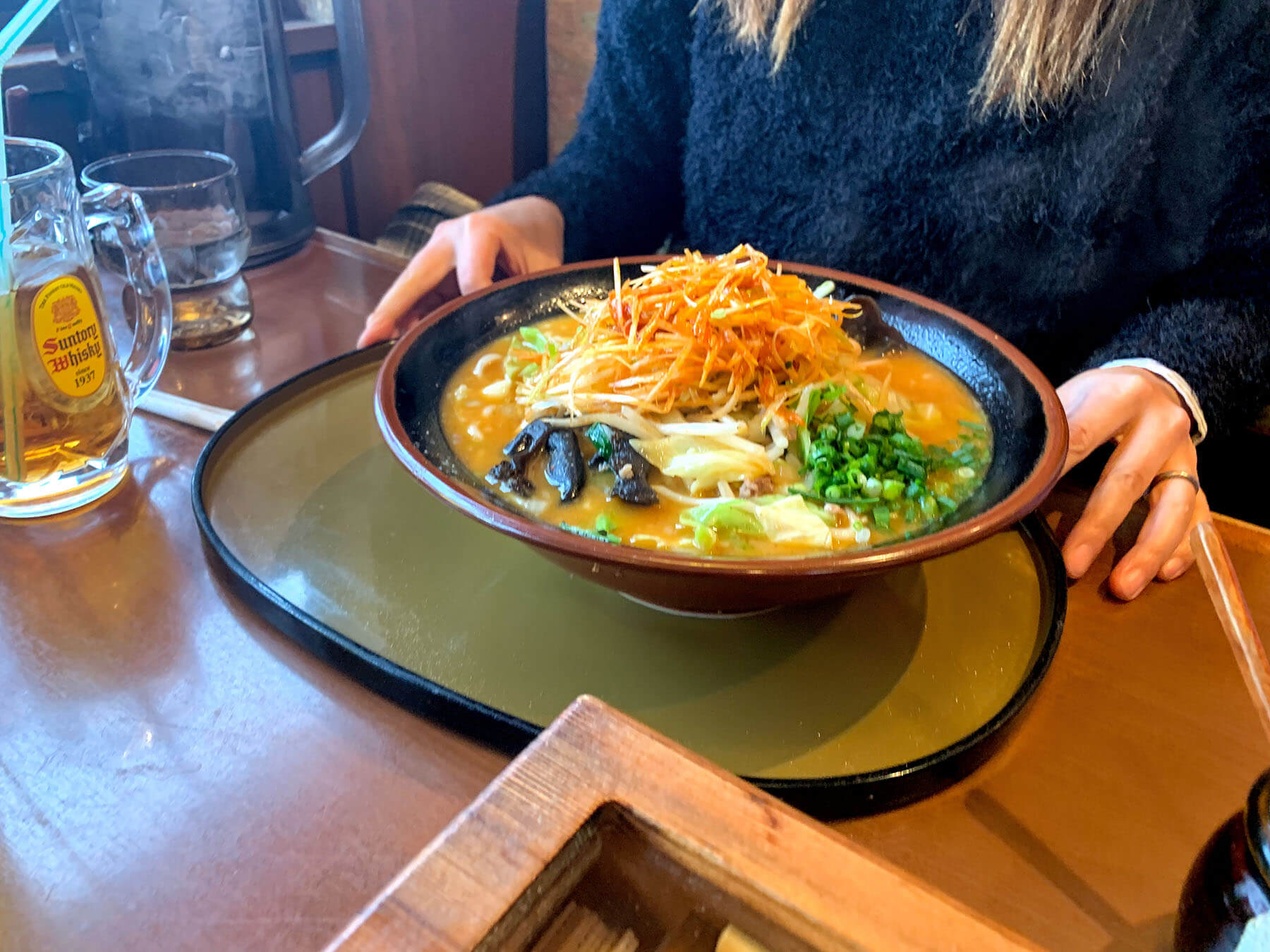Hand Making Japanese Kitchen Knives: The Best Knives in the World
The best knives in the world... What a challenge! At Tokyo Knives, our goal is to bring the best combination of performance and value to our customers who visit us from every country in the world. And that expertise to identify the right products for the right customers is one reason why we are one of the most visited knife stores in the world.

Finding the best knives in the world was a multi-year journey, and it was worth every penny
Doing business in Japan can be challenging. Business relationships in Japan are not based on money, but on reputation. Because of that fact, the best knives in the world are often sold within Japan, and may never reach foreign markets at all. Master knifesmiths that hand make each blade may produce 500 or fewer knives in an entire year, which means old customers typically get dibs on new product.

Master knifesmiths have other concerns, too. They often worry that foreign buyers will not provide adequate care and handling instructions for Japanese knives made of high carbon steel. These knives tend to me more rigid and prone to damage from chipping, extreme temperature exposure, and cleaning practices. You may even find high carbon steel knives made in the traditional, single bevel style. That means the blade of the knife is sharpened in one direction only - typically using a Japanese whetstone by hand - and must be used in the right hand.
All this adds up to a big challenge: Finding master knife craftsman in Japan and convincing them to work with us.
Seeking out the best knives in the world: Ginza to Kappabashi
Tourists shopping for Japanese kitchen knives often end up in glitzy shopping streets of Ginza, one of the most expensive retail shopping districts in the world. Here, you will find all manner of luxury goods, including high end housewares, groceries, and - you guessed it - Japanese kitchen knives.
Use our embedded map to explore Ginza:
It's not uncommon for knife prices to start at about $200 USD for a basic Japanese wester chef's knife, or santoku, and quickly go up from there. In fact, premium stainless steel knives in Ginza can cost about $400 USD, including taxes. You may get lucky and find a store that participates in Japan's tax free program, so remember to bring your passport.
The benefits of Ginza are convenience and selection. You can find just about anything you need in this massive shopping ward, and you can be rest assured the product quality will be high. Downsides include selection and price. You just won't find some of the more special knifesmiths selling their wares in Ginza. The rent is just too steep. Ginza is also seen as a tourist area, so you may not find the best kitchen grade knives for sale here.
If you can stand a 30-minute train ride in Tokyo's incredibly convenient metro subway system, you'll find there is a wider selection and better pricing in Japan's very own Kitchen Town: Kappabashi. We covered Kappabashi in a previous blog post, including maps and thoughts on what you'll find there.
Moving on to Kappabashi from Ginza can be a bit of a shock. You'll find smaller, cramped stores with a variety of goods. The streets are lined with vendors selling everything from gifts and trinkets to restaurant-grade equipment. If you come to Kappabashi, you should be able to walk away with everything you need to start your own restaurant, minus the food of course.
Knifesmiths come here to sell their wares directly to customers and wholesale to stores. Either way is a fine option for buying a Japanese knife. But how does one locate the best knives in the world amongst thousands of options spanning hundreds of vendors? Admittedly, it's not always clear to us, either. The stores often change hands and merchandise comes and goes quickly. That can make it pretty difficult for foreigners to step in, find what they need, and leave.
The first time we went on a buying mission to Kappabashi, we left empty handed. We knew after walking through the storefronts and collecting business cards that we would be risking too much by making a snap decision. We too needed to make a relationship and understand more about each knife before making a commitment. I think that's a feeling most tourists and visitors to Kappabashi walk away with: A sense of anxiety about making the wrong choice for a relatively high-priced item.
That's the idea behind Tokyo Knives. We want to bring the best, most usable Japanese kitchen knives to the world without the feeling of dread that comes from buying a product with such pedigree and history. To do it right, we knew we had to take a step further and find the source of Japanese knives. That meant making relationships with shop owners over time and learning who exactly was providing the best product and where to find them.
Japanese cities, towns, and villages have pride for hand made goods. Each area is typically known for at least one thing, and larger cities have many specialties. The Japanese mindset is about focus and repetition. The true belief is the only way to master a craft is to repeat it over and over throughout generations. As it turns out, the Kappabashi neighborhood in Tokyo is just the tip of the iceberg of Japanese-made kitchen wares.
Traveling to the source of the best knives in the world: Niigata to Tsubame-Sanjo
Our love for the best knives in the world goes back two decades.
If you visited Japan in the late 1990's, you would see a culture that was quickly moving into a new age. Fantastic new modernization projects including forward thinking mixed use real estate developments, expansive high speed rail lines, and advanced industrial robotics changed the way Japan did business.
But some things were not changing.
North of Tokyo along the Sea of Japan, the port city of Niigata stands as farming, manufacturing, and trading hub. While the city isn't at the top of most tourists' destination lists, it remains one of the most important cities for Japan and a place that has become known for production, refinement, and manufacturing of steel goods.
Use our embedded map to explore Niigata:
Our first trip to Niigata taught us about a rich sake producing tradition going back hundreds of years. And then, years later, we had a breakthrough in finding Tsubame-Sanjo, an area just south of Niigata known for craftsmanship of kitchenware, metals, and personal beauty products. Here knifesmiths hand make Japanese kitchen knives using similar techniques as their sword making ancestors did hundreds of years before.
The excitement of finding and making relationships in a difficult to approach industry helped us learn about and stock the best Japanese knives.
Learning from the masters
The Tsubame-Sanjo area is known for a small number of very high quality factories making everything from kitchenware to portable thermoses to hand made knives. In fact, when you arrive at the Tsubame-Sanjo train station you'll find displays showcasing the various goods that are made in the region.
Use our embedded map to explore Tsubame-Sanjo:
Tradespeople's tools are a common sight, as the finest steel and forging techniques produce goods that can handle the daily wear and tear of job sites. Clearly, this is a good place to buy a Japanese kitchen knife that will stand the test of time.
When you map out the various factories that make up the Tsubame-Sanjo region, you'll quickly note that there are just not that many. There are fewer than 100 small factories producing the finest kitchen implements in the world. Once you understand the small scale, you start to realize why few, if any, quality Japanese kitchen knives actually make it out of Japan.

It also explains why we had so much difficulty finding quality products in tourist markets like Kappabashi. Factories don't need to sell their goods in the area because they are often fully committed for years in advance! But this begs the question, what kinds of products are found online and in retail stores around the world, and where do they come from?
The answer is complicated, and a topic for another blog post. Japanese style are sourced from many places in the world capable of mass producing steel products. Germany, China, and even America are all a part of this supply chain. Often products may be labeled as Japanese made when they are not, or could simply be called Japanese style knives.
Identifying real from inauthentic is a difficult process for anyone not an expert in the art of steel grading. In addition, many steels are similar in look and feel. Where the differences lie is almost always in how they hold an edge over time as well as general durability of the product after heavy use.
Approaching a true Japanese knife factory is no easy task. In fact, many factories don't allow visitors. Larger factories typically have showrooms where product is displayed, but they usually do not speak english or offer translation services.
Finding them is another trick too, which will require a car and someone who can navigate the rural areas of Tsubame-Sanjo. Thankfully over the years we have developed the relationships needed to get the job done. So let's take a look inside a 5th generation Japanese kitchen knife factory.

Seeing Japanese knife making first hand is a sight to behold. Factories are clean and almost seem quiet, aside from the hammering and pounding. Out of respect, we won't release too many pictures of Japanese knife factories, but we will be releasing a video in a future blog post.
Typically, hand made Japanese knives go through 10 to 20 steps before they are delivered for final quality checks, packaging, and delivery to the customer. These steps are deeply involved and have been honed over hundreds of years. Sourcing steel is also important, and it is known that the Japanese produce some of the world's finest. Check out our ultimate guide to Japanese knives for more information on these topics.
After a hard day of viewing factories and working on deals, there's nothing like a hot bowl of spicy ramen and a cold beer to wash it down. Until next time...

